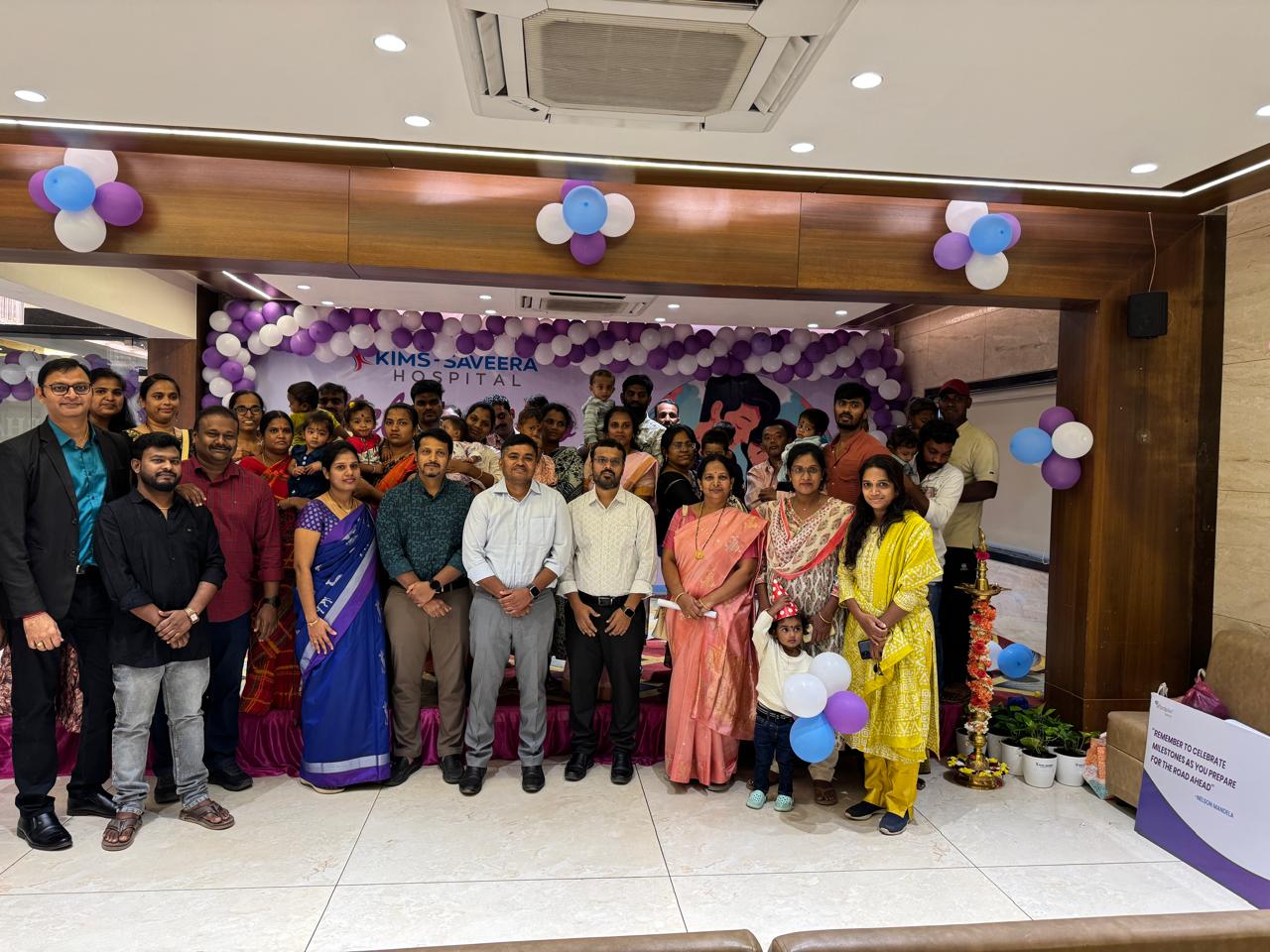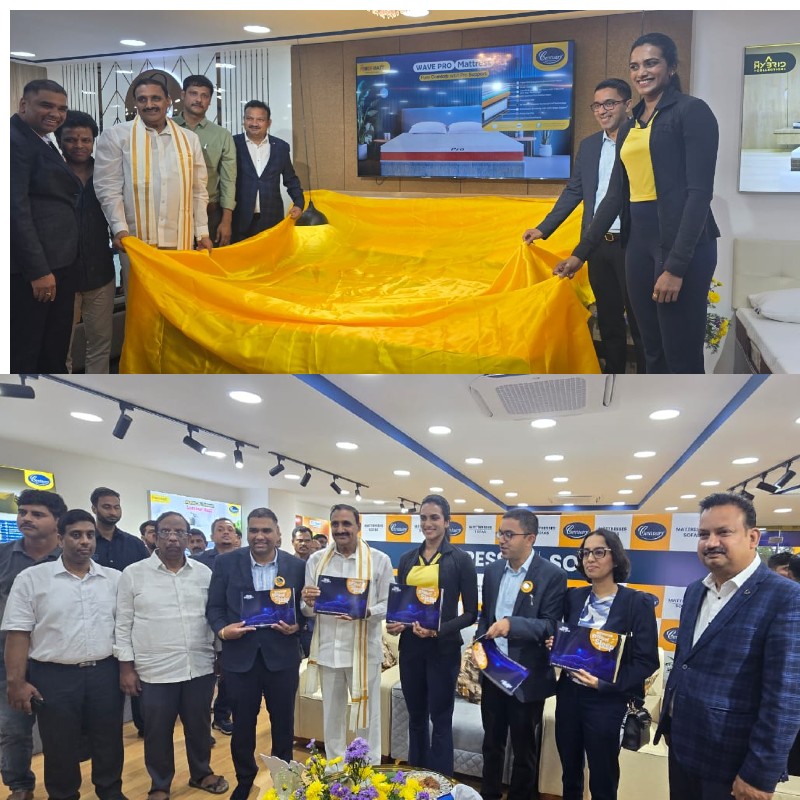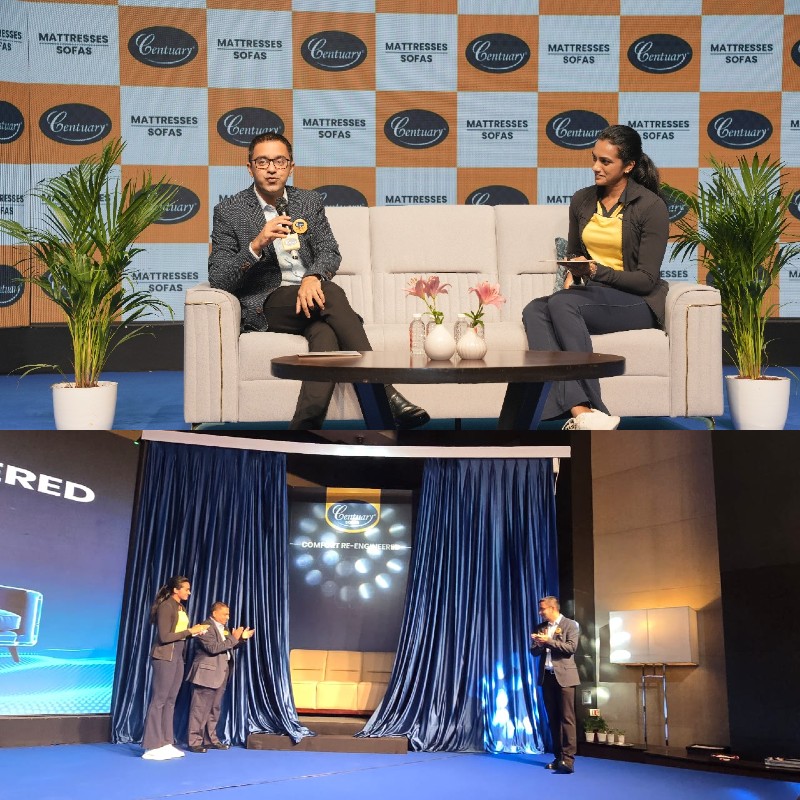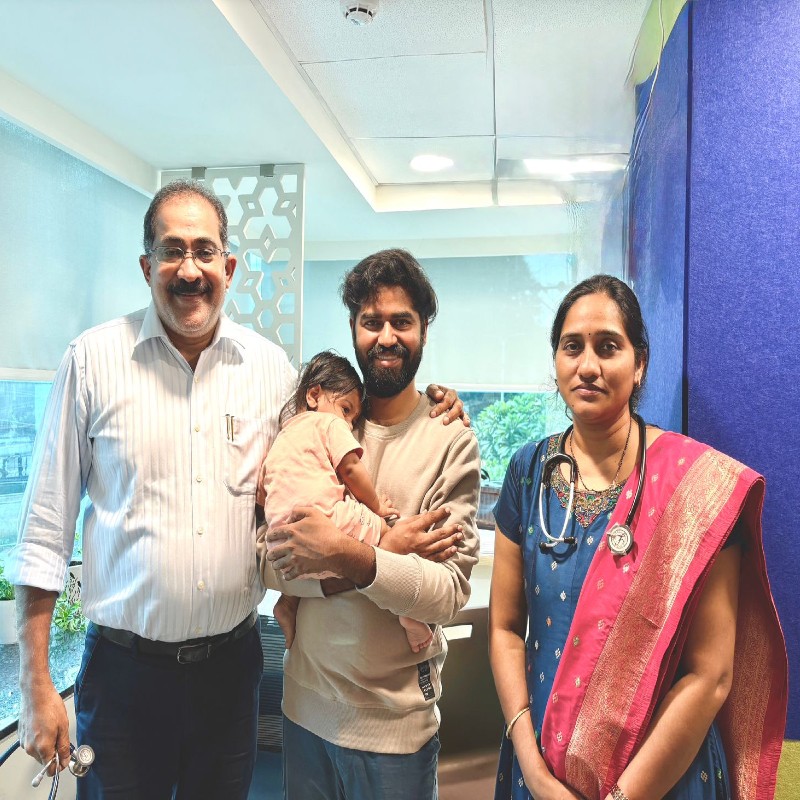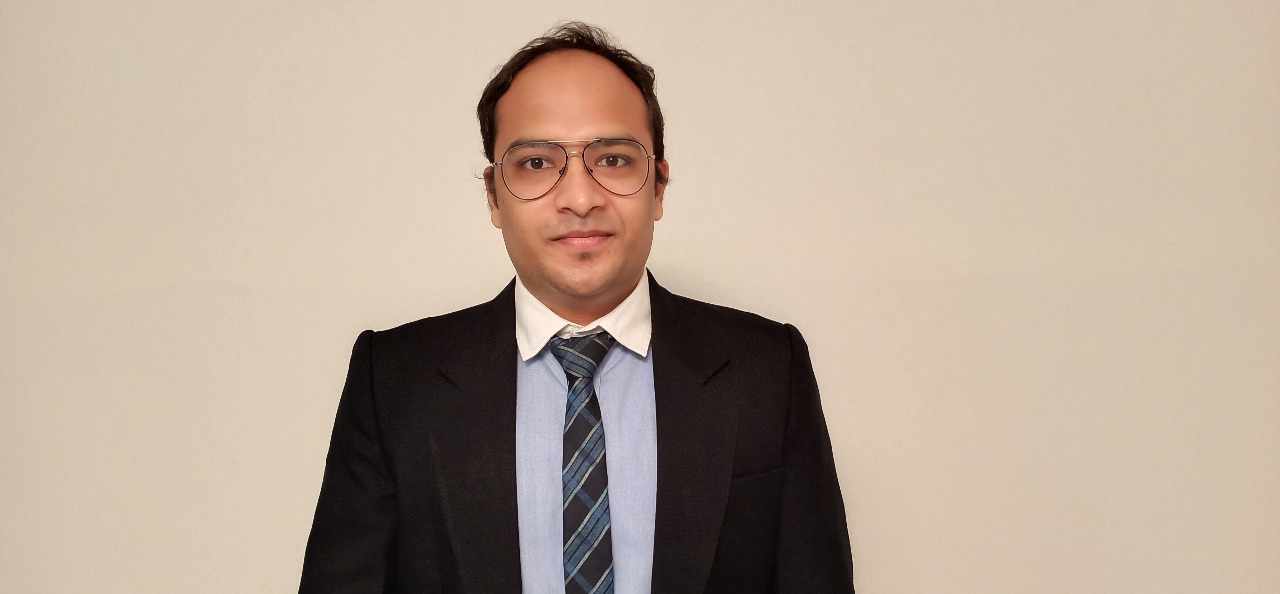International childhood cancer day special artical
International Childhood Cancer Day – 15th February 2021
Dr. Srinath Gupta
Musculoskeletal Oncosurgeon
HBNI Fellow – Orthopaedic Oncology (Tata Memorial Hospital, Mumbai)
Jr. Consultant – KIMS, Sec-bad
Bone tumors are of two types – malignant and benign. Malignant bone tumors account up to 6% of all childhood malignancies. The most common primary malignant bone tumors in paediatric age group are Osteosarcoma and Ewing’s sarcoma. Chemotherapy plays an important role in their treatment followed by surgery.
With the recent advances we have witnessed rapid strides in musculoskeletal oncology. Limb saving surgeries are being done in more than 90% of the malignant bone tumors. This has been attributed to effective chemotherapy, improved imaging modalities, radiotherapy administration, refined surgical techniques and prosthesis constructs. This requires a well-coordinated multidisciplinary approach involving varied specialties centred on a trained Orthopedic Oncosurgeon.
A bone with malignant tumors has to be removed surgically and the commonly used modality to fill the gap are metallic prosthesis. They offer immediate stability, mobility and return to function. The biggest challenge in reconstruction is posed while dealing with tumors of children as the bones are in growing phase. The most common solution to this is an “expandable” megaprosthesis. The newer generation expandable prostheses have special mechanisms to lengthen them at periodic intervals by subjecting to a controlled external magnetic field. They provide expansion without doing a surgical procedure on outpatient basis within few minutes. These are imported implants and are expensive. The Indian alternatives are minimally invasive and need surgery whenever lengthening is needed. Rotationplasty surgery is an excellent alternative to expandable prosthesis but has its own drawbacks such as cosmetic acceptance.
With technological advances, computer-assisted tumor surgeries under navigation guidance are done where ever feasible. This is useful while dealing with tumors around the pelvis, sacrum and joint preserving surgeries. The results are encouraging and allows to use customized patient specific implants (PSI) with an aim at saving maximum native bone. 3D printing technology has contributed a lot in this aspect and helps in pre-operative planning and designing customized instruments and implants.
Biological reconstruction is the preferred option whenever feasible. We can use an autograft (patient’s own bone), allograft (bone from bone bank) or re-implantation of sterilised tumor bone (Replacing the patient’s own tumor bone after irradiation or after treatment using liquid nitrogen). Cryotherapy using liquid nitrogen has off late given better results compared to irradiated bones. Autograft reconstruction using buddy/fellow bones in forearm and leg is preferred in reconstructing long segment defects.
At the end of the day the mantra in Musculoskeletal Oncology is always – “Complete oncological clearance while providing maximum function to the patient”
It is essential you consult a trained musculoskeletal oncology (Orthopaedic Oncology) surgeon who will tell you which is the best suitable plan for that particular patient. A wrongly done biopsy or an improper surgery can lead to an amputation.


